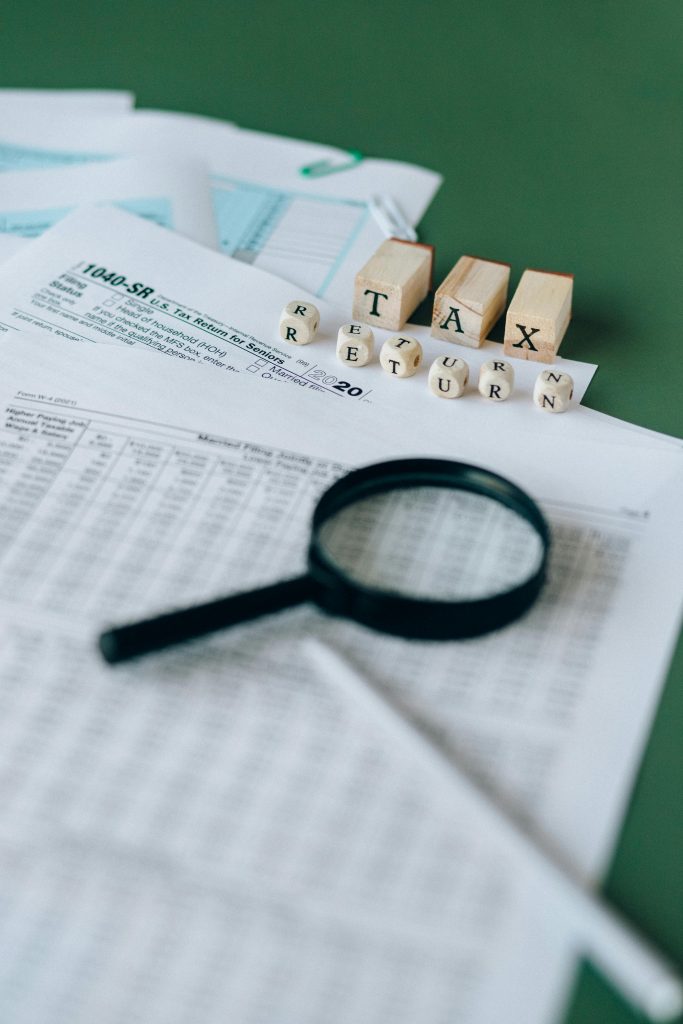Property tax is considered an ideal source of revenue for local governments due to its nature and characteristics: high visibility and relative immobility of assets; relatively stable due to inelasticity; coerciveness; and in some countries it also demonstrates local autonomy.
For example, in the US, property taxes are a big source of money for schools, making up about two-thirds of their funding. “The Best and Worst of International Property Tax Administration: Scorehand on State and International Property Tax Administrative Practices” study says this is actually the case for most nations in the world, with many countries relying on property taxes to ‘bide up the price of beach and mountainside locations for vacation houses or push up the price of single-family lots in the desirable suburb with “good schools”’. Another example, property taxes in the UK cover 50% of local government income each year.
This article will be where we gather insights then outline the four pillars that mold the form of property tax policies across the globe, including determining the tax base, valuing the tax base, identifying the tax rates and tax policy management.
Determining The Tax Base
Most countries tax both the land itself and any structures built on it, like buildings or irrigation systems. However, some countries only tax the value of the land, while others tax the combined value of land and buildings. As mentioned, this means property taxes are a crucial source of income for local governments in most cases. There are a few exceptions, though, like Latvia and Chile, where these taxes are mainly collected by the national government.

A land-only tax might be good for making the best use of land. Because if buildings and stuff don’t get taxed, owners will be more likely to use their land in a way that makes them the most money. This means they’d be more likely to invest in buildings compared to a system that taxes both land and buildings. There’s a catch though: figuring out the value of the land itself can be tricky, especially in cities. That’s because the usual price often includes the value of the buildings on it too. So, to tax just the land fairly, the value of the buildings needs to be taken out of the equation.
Some places don’t charge property tax on certain types of land and buildings. They might do this because of who owns the property (like the government), what it’s used for (like for charitty purpose), or who lives there (like older folks or civilians with disabilities). The rules for these breaks can be set by either the national government, local governments, or both, depending on where you live.
Regarding the tax breaks, many countries roll out this red carpet for businesses, especially for startups or those expanding their operations. These incentives can come in the form of temporary tax pass or property tax reduction programs. The goal is to attract new businesses, keep existing ones around, and boost the local economy.
Valuing The Tax Base
Once you’ve identified what gets taxed (the tax base), the next crucial step is figuring out its value. Think of it like setting a price tag. Generally, there are two main approaches: size-based and value-based. Value-based has two options: how much someone might pay to buy it (market value) or how much rent it could generate (rental value). Certain countries, like Ireland, even let property owners take a crack at estimating the value themselves.
The best way to spot the land tax boils down to the market. In messy markets, where it’s hard to find good information on buyers and sellers, basing the tax on land size might be easier. But in well-informed markets, using the property’s market value is ideal. This market value approach assumes the land is being used for maximum profit, which makes it fair enough in theory, though it might not match how the land is used and could be a pain for taxpayers. The other option, basing the tax on rental income, is most likely to reflect how the land is currently used, but might not consider its best potential use.
Identifying The Tax Rate
Setting tax rates involves three things: who decides, what gets taxed differently, and the actual rate itself. The decision-maker can be your local town council or the big national government. If it’s local, there are usually limits set by the national government to keep things fair across different towns (think minimum and maximum rates). This helps avoid situations where taxes are way higher or lower in one place compared to another.
In one way or another, property taxes are like a tiered system. Many local governments charge different rates depending on whether it’s a house you live in (residential), a store (commercial), or a factory (industrial). This lets them control how much tax each type pays, keeping things fair across different uses.
For taxpayers, it’s easier to understand different tax rates than a confusing system that groups properties by value. Many places set different tax rates for houses, businesses, and factories, instead of an unclear concept that puts values in buckets. This makes it clear how much tax you owe based on what kind of property you have.
And there is a scoop for setting the tax rates differently based on every kind of property. It makes sure to focus on (1) fairness – different types of properties benefit differently from what the area spends money on, like parks and schools. So, the tax rate might be higher for businesses that use more services; (2) making the most of what they have – If there’s not much land for industrial purpose, the area might charge a bit higher tax rate to encourage better use of that space; (3) guiding how land is used – the area might offer lower taxes for green-like property, like encouraging apartments near public transportation.
One key feature of real estate taxes in many developing countries is their low rates, typically ranging from 0.5% to 1%. However, the actual amount collected, called effective rate, often falls below this nominal or statutory rate. This gap stems from two main issues: difficulties in accurately determining property values (low tax determination rates) and challenges with enforcement, including delays in implementing revaluations that adjust for changes in real estate prices.

Tax Policy Management
How well property taxes are administered has a big impact on how well they work. If property taxes are handled well, it means the government collects enough money, and the taxes are applied fairly and efficiently. In many countries, poorly run tax systems make it difficult to implement property taxes. Local governments may not have the resources they need to manage these taxes effectively, or they may not have complete information on all the properties that should be taxed.
Additionally, low tax collection rates and poorly designed tax policies can hinder the success of property taxes. Even developed countries like the United States, which generally do a good job of administering property taxes, face challenges in keeping property valuations up to date.
Two big challenges in managing taxes. The first issue is real estate identification – identifying what property needs to be taxed and real estate valuation – measuring how much it’s worth. The other issue is tax appeal – dealing with complaints from people who think they owe too much in taxes.
Before taxing land and buildings, governments need a clear picture of what exists, this is called determining the tax base as we mentioned. The process means collecting and keeping good records on all properties. It can be a challenge in developing countries, where information might be missing, outdated, or inconsistent. There might also be a disconnect between central and local authorities, and no system to track property ownership changes.
On top of that, an efficient property taxes policy requires initial valuation – getting the value of each and periodic revaluation – keeping those values up to date.
Valuation rates are truly important for any kind of real estate tax system that is based on property value. In contrast, area-based systems only require accurate cadastral information, such as property size and location. While both central and local governments are involved in setting property tax rates, the specific valuation method is typically determined by the central government. To ensure valuations stay close to market value or annual rental value, most countries have regulations requiring property revaluations every 3 to 10 years.
Of course, no real estate tax system is perfect, which is why there needs to be a way to fix mistakes – tax appeal. An important part of tax appeal is allowing taxpayers to complain and question their bill if they believe it’s wrong.
Generally, the estate tax is supposed to be a win-win for the government. It raises money fairly and efficiently, without hurting the economy. But the truth is, managing this tax can be expensive and make it tough to improve the system.
Reece Almond
Disclaimer: The blog articles are intended for educational and informational purposes only. This article adapts from the research of the TST article. Nothing in the content is designed to be legal or financial advice.

